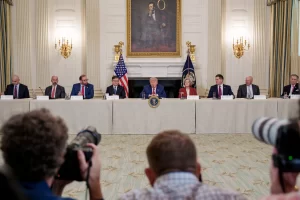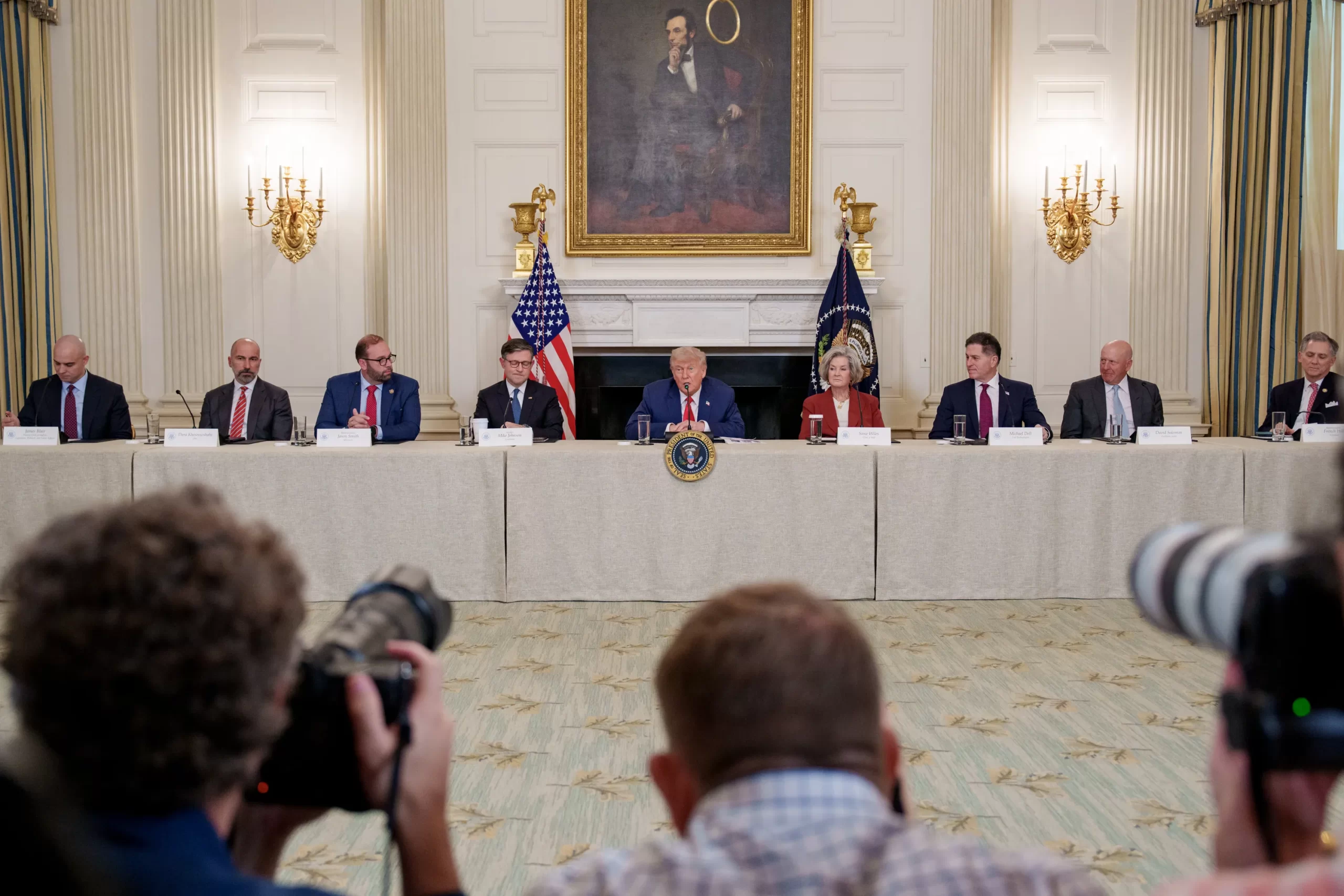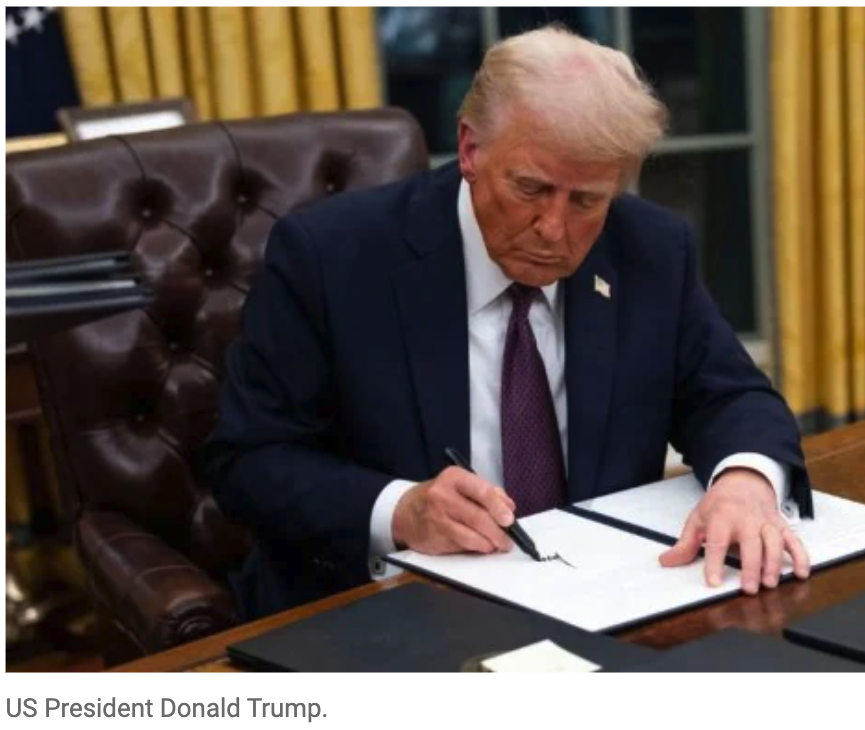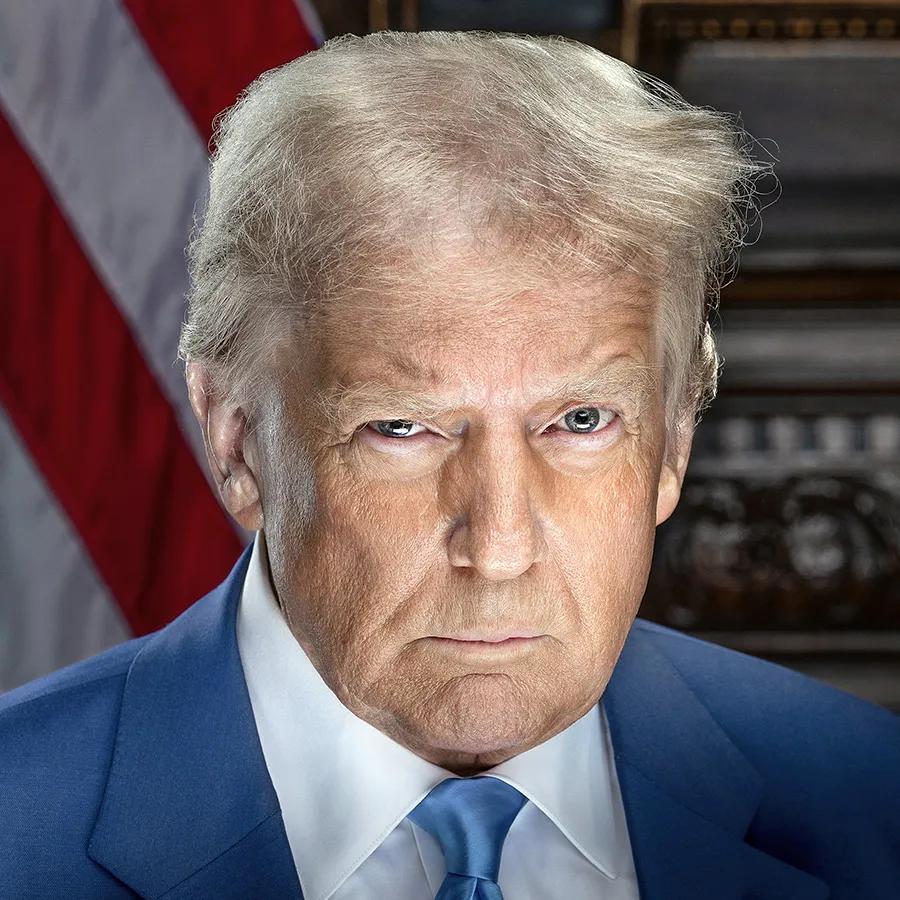January 28, 2025 – Washington, D.C.
President Trump has signed an executive order directing federal agencies to halt funding, support, and promotion of gender-affirming medical treatments for minors. The order establishes new policies regarding medical interventions related to gender identity, emphasizing concerns about the long-term effects of such treatments on children.
Key Provisions of the Order
The executive order outlines several measures aimed at restricting medical interventions for gender transition in individuals under the age of 19. It defines these interventions as “chemical and surgical procedures,” including puberty blockers, hormone treatments, and gender-affirming surgeries. The order states that such treatments will no longer receive federal support.
Scientific and Policy Review: The Secretary of Health and Human Services (HHS) is directed to review existing literature on gender dysphoria treatments and reassess medical guidelines issued by organizations such as the World Professional Association for Transgender Health (WPATH). The order instructs agencies to withdraw reliance on WPATH’s guidance, citing concerns over scientific validity.
Defunding Medical Institutions: Federal funding for research and education grants to medical institutions performing gender-affirming procedures on minors will be reviewed, and agencies are instructed to take steps to ensure compliance with the order.
Changes to Federal Health Programs:
- Medicare and Medicaid: The order directs HHS to examine conditions of participation for federal healthcare programs and assess the appropriateness of funding gender-affirming care.
- TRICARE: The Department of Defense is instructed to revise its TRICARE coverage policies to exclude such treatments for minors.
- Federal Employee Health Benefits (FEHB) and Postal Service Health Benefits (PSHB): Insurance providers participating in these programs will be required to exclude pediatric transgender medical treatments from coverage, with a goal of reducing program costs.
Legal and Enforcement Measures
The order calls on the Department of Justice (DOJ) to review enforcement of laws related to medical procedures on minors. It directs the Attorney General to investigate potential consumer fraud, including allegations of misleading information about the long-term effects of gender-affirming treatments. Additionally, the order proposes legislative efforts to establish legal recourse for individuals who regret undergoing such procedures in their youth.
It also addresses concerns over custody disputes related to gender identity treatments, instructing the DOJ to examine legal measures against states that facilitate medical transitions for minors against parental objections.
Implementation and Reporting
Agencies responsible for carrying out the order must submit a progress report within 60 days to the White House Domestic Policy Office. The report will outline actions taken and a timeline for further implementation.
Reactions and Implications
The executive order has sparked significant discussion. Supporters argue it protects minors from irreversible medical decisions and prevents government endorsement of what they view as experimental treatments. Opponents, including medical associations and advocacy groups, criticize the order as restricting access to healthcare and undermining widely accepted medical guidelines on gender dysphoria treatment.
The policy shift is expected to face legal challenges from organizations advocating for transgender rights, as well as from medical institutions that provide gender-affirming care.
Next Steps
As agencies begin implementing the order, further policy changes and potential legislative actions are anticipated. Healthcare providers, insurance companies, and advocacy groups are closely monitoring developments, while legal experts predict lawsuits challenging the directive.
This executive order marks a significant federal policy shift on gender-affirming medical care, signaling potential long-term effects on healthcare, legal frameworks, and the rights of transgender individuals in the United States.













